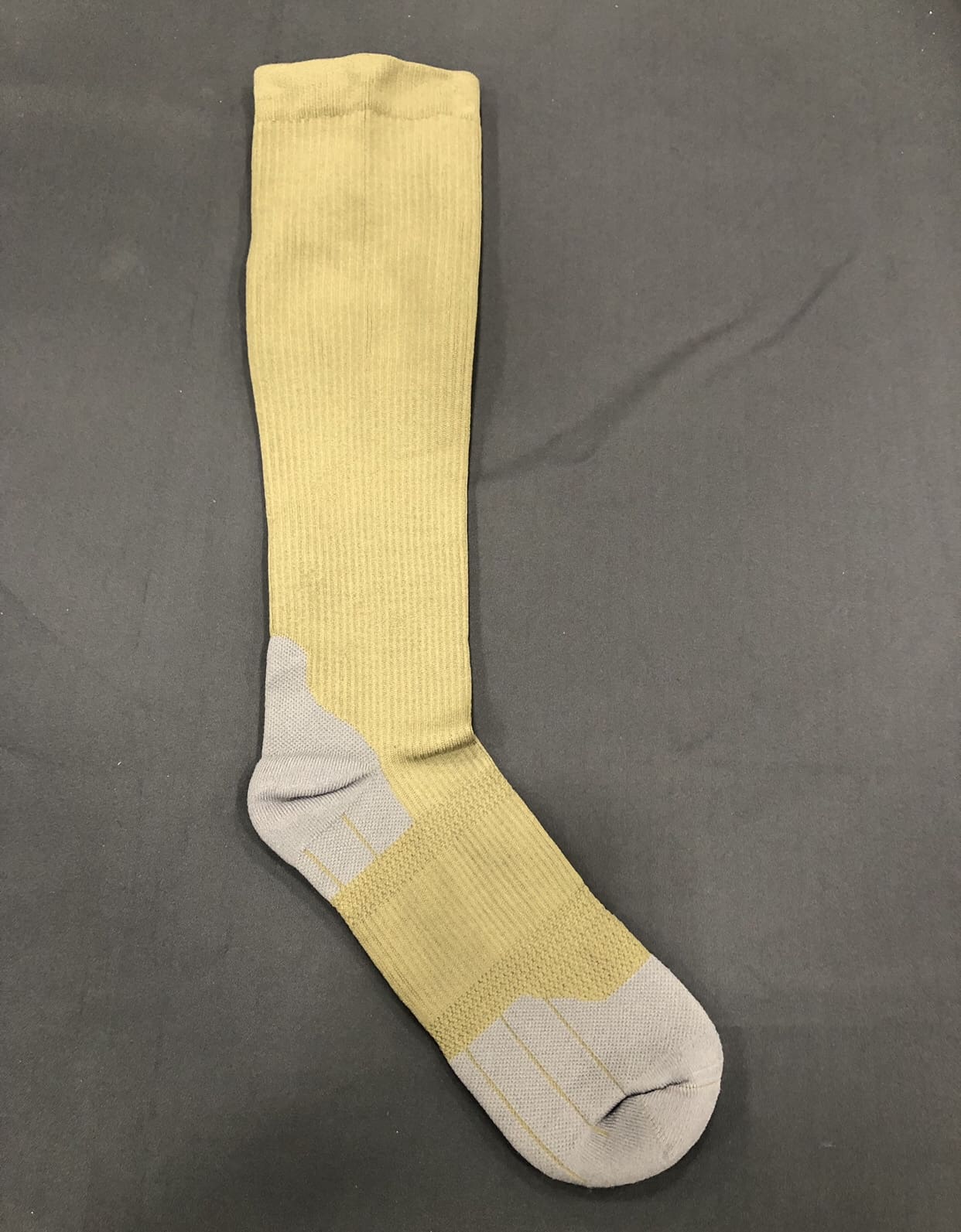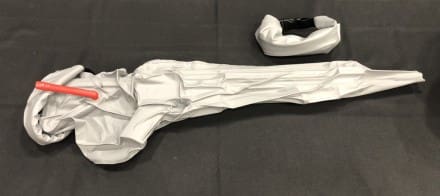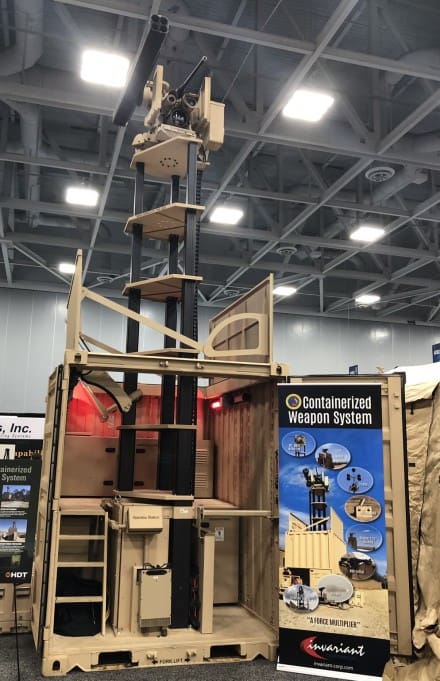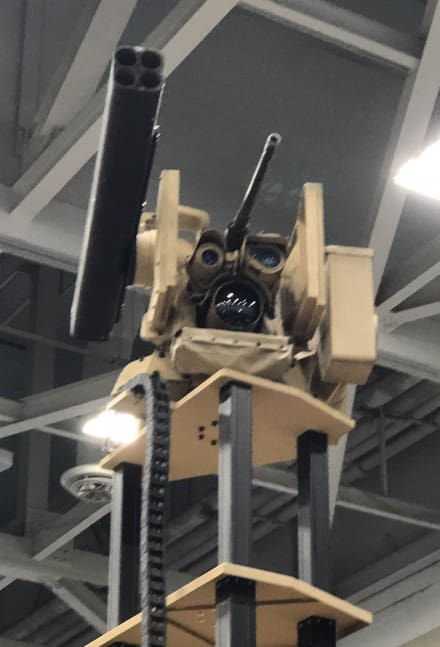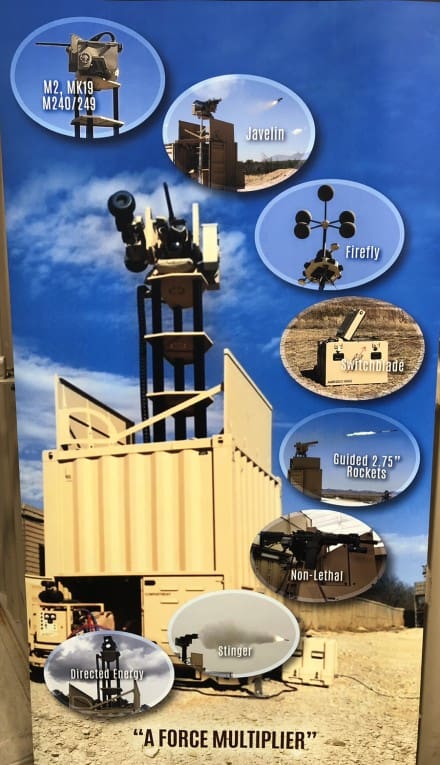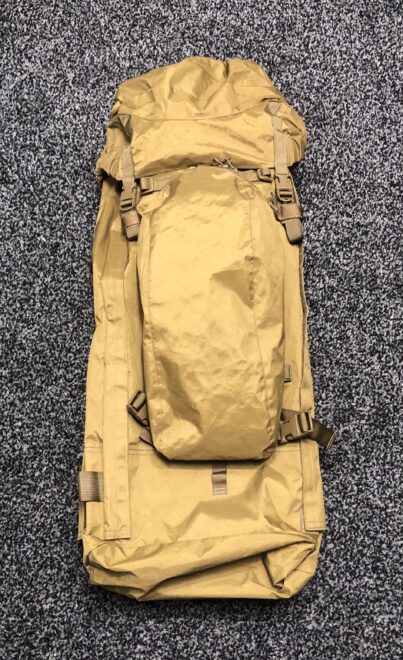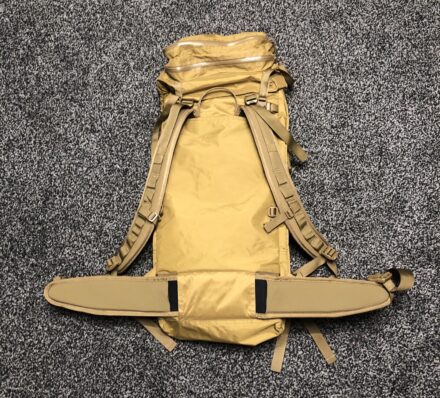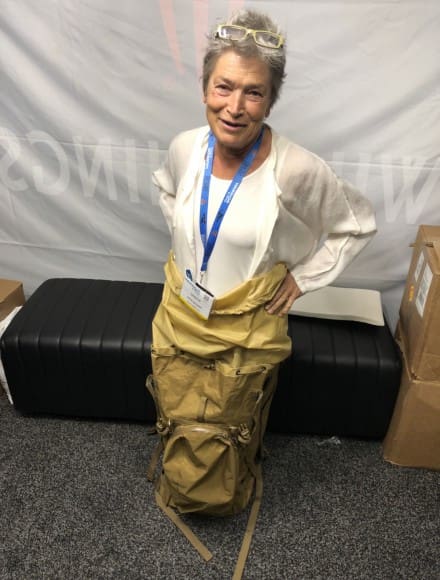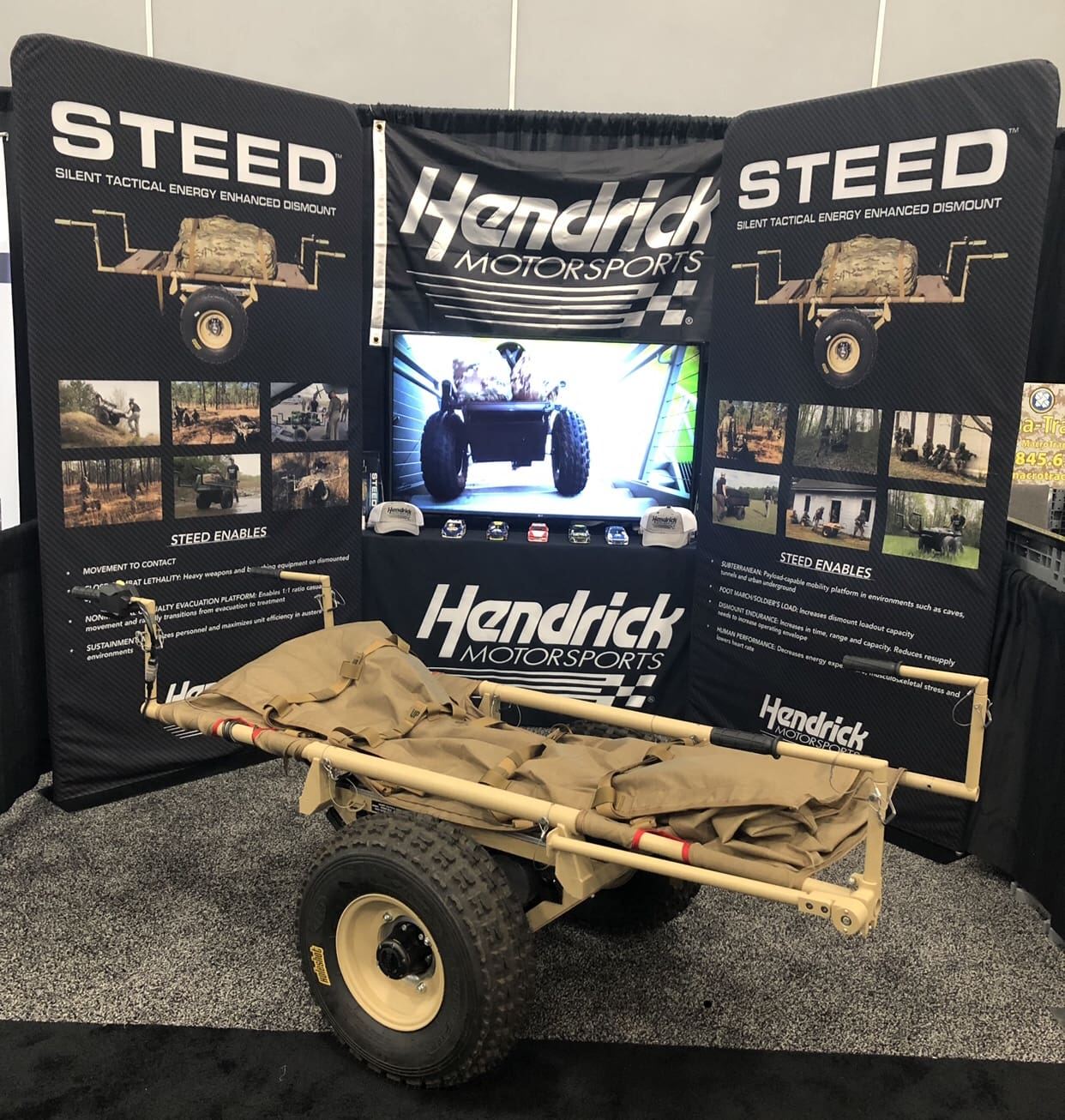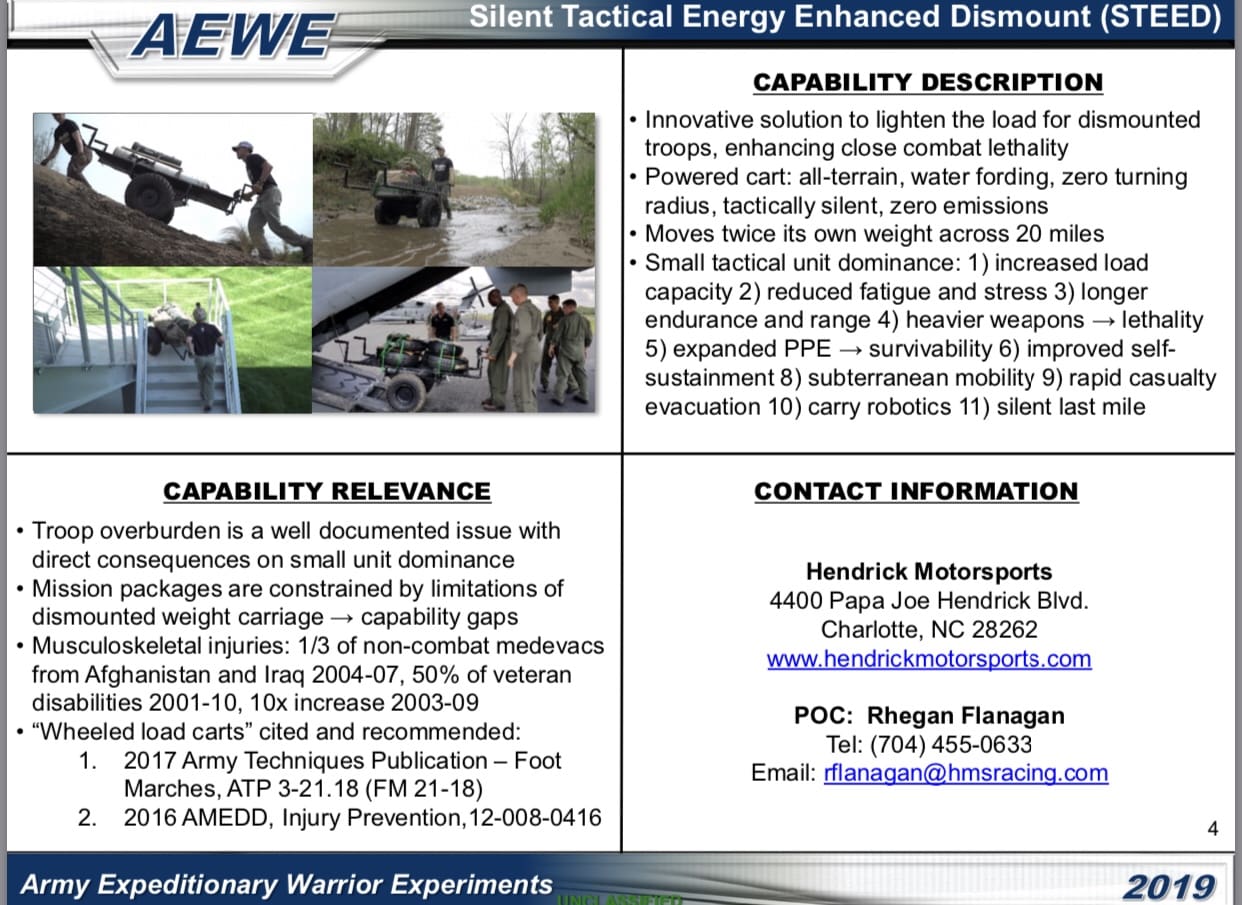Dave Herbener, Founder and Former CEO of KDH Defense Systems Joins Board of Directors
CENTRAL LAKE, MI – July 11, 2019 – Armor Express, a leading manufacturer and distributor of high-performance protective solutions for the Domestic and Federal Law Enforcement markets, Department of Defense and First Responders, today announced two strategic hires – Lushana Offutt, Senior Vice President, Government Operations and Rick Dressler, Vice President, Federal Operations – as the Company continues to build out its leadership team.
Jim Henderson, Chief Executive Officer of Armor Express commented, “The additions of Lushana and Rick to our team are significant, especially as we grow our business with the U.S. Government and with the major contract opportunities on the horizon. Both have vast experience, knowledge and relationships across government and industry that will serve our organization and customers well. They have overseen multi-billion-dollar contracts throughout their careers and understand customer needs, which was critical in our selection process. We are excited to have Lushana and Rick onboard and look forward to working with our partners as we continue to expand our life-saving capabilities.”
The Company is pleased to welcome its new Head of Government Operations, Lushana Offutt, who brings over 20 years of defense and federal sector experience. Most recently, Ms. Offutt served as Senior Vice President, Operations at ADS Inc., a leading provider of equipment, procurement, logistics, and supply chain solutions to the Department of Defense (DoD) as well as federal, state and local agencies. She helped develop the business strategy, while overseeing all support functions including proposal development, contract administration, information technology, purchasing, inventory, and logistics. Previously, she served as Senior Vice President, Strategy, leading business development and capture management initiatives. She joined ADS in 2008 as Vice President, Program Business Development and served later as Vice President, Air Force, Army and International Sales. Earlier in her career, she held various positions with SYColeman Corporation, L3 Communications and NISH.
Also joining Armor Express as its new Vice President, Federal Operations is Rick Dressler, a seasoned professional in the Defense and Federal Law Enforcement industries. Mr. Dressler brings to the Company close to 30 years of special operations and management experience, having served in various senior roles for the U.S. Army; U.S. Air Force Reserve; the Bureau of Alcohol, Tobacco, Firearms and Explosives (ATF); and on Capitol Hill. Prior to joining Armor Express, his most recent roles were that of Supervisory Special Agent and Program Manager at the ATF’s headquarters in Washington D.C. He also served as a Special Agent (Lt. Col.) in the Air Force Reserve, Office of Special Investigations (AFOSI).
Ms. Offutt will be responsible for overseeing the Company’s Military, Federal and International operations, including contracts, programs, proposals, sales and business strategy, working closely with the operational teams in Eden, NC and externally with all customers. She will be based in the Company’s new headquarters in Arlington, VA, and initially spend time at the Eden, NC facility where the majority of contracts are being produced for the U.S. Army, U.S. Marine Corps, U.S. Navy Security Forces, and various Federal customers. Mr. Dressler will spearhead program and contract management, sales, sales support, and customer service for all Federal accounts and future business opportunities. He too, will be based in the Arlington, VA office.
Lushana Offutt added, “I’ve been fortunate throughout my career to have worked in such great companies that were all focused on servicing the needs of the men and women who put their lives on the line every day. I now look forward to working with the Armor Express and KDH teams to leverage the experience I’ve gained across all facets of operations, program management and sales to not only help the Company grow but help support our customers. The customer always comes first and that was a shared vision that attracted me to Armor Express. We have a great team in place, one that is expanding, and a product assortment and commitment to innovation that makes me confident in our ability to increase our share of market and deliver the best and safest products to our customers.”
Mr. Dressler added, “I’ve spent my career serving our country, in both the Military and Federal Government, and I have worn and sourced our products in the field. They are second to none and continue to evolve as new technologies come to market and as we gain insight from customers around the world. Every agency has different needs and part of my former responsibilities was harnessing the right resources and equipment to ensure Agents, Officers and Military personnel were safe. I look forward to utilizing my past experiences and relationships to improve our customer offering and service capabilities. The need for protection has never been greater and I believe we have the resources and drive to deliver exactly what our customers need.”
The Company also announced today that David Herbener, Founder and former Chief Executive Officer of KDH Defense Systems has joined the Company’s Board of Directors. This follows the most recent appointment of Sam White to the Board, a highly respected and seasoned executive from the body armor industry.


